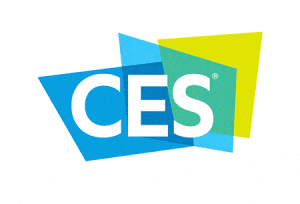2016 Design Trends
In the last few years we have seen some major shifts in the interactive design world. Change is a good thing, but I thought it interesting as I reflected on who and what determines the trends that are “in” and others that are considered outdated. As I considered this, I quickly realized something unique to the interactive design / marketing world. Technology is constantly evolving and improving, and when technology changes, we see design trends evolve with the latest technology advances.


In the late 90’s and early 2000’s, when I began designing, (Adobe) Flash was king as far as interactive marketing went. The designs were often technical and many were using textures from photographs as design elements. We were putting small intricate details into every piece of UI element we could, and then used the animation power of Flash to come up with elaborate ways of transitions and animations to really push it over the top. I would go to movie websites and use the textures and interactions I saw as inspiration in marketing pieces I was developing.
There were some different kinds of trends that came and went throughout the decade, but in 2010 Steve Jobs individually put an end to Flash by pushing HTML5 as the new “in” technology. HTML5 would require designers to completely re-think how they layout designs. HTML5, and the latest Browsers that supported it, are now able to be responsive to any device you were viewing the site with. This means apps and websites essentially change their layout on the fly to fit into any size of screen. Very cool I thought! Then I realized all the things I would not be able to do in my designs and had a mini designer breakdown.
Today, the responsive design revolution has brought about “Flat Design” and “Material Design”, bold colors and “Modern Retro”. All of these design styles flow perfectly with HTML5’s responsive nature, and while they may look basic compared to the incredible texturing and lighting from the early 2000’s, they can be just as beautiful, functional, and powerful. A designer’s focus should be “What is going to provide the best user experience for my audience?”. We are not just designing for a one size screen anymore, more of a one-size fits all screen which brings about many UX problems to solve. Keep it simple and smart!

Blog Categories
- Company News (33)
- Healthcare Operations (1)
- Industry News (19)
- Sales Enablement (1)
- Software Publishers (1)
- Virtual/Augmented Reality (2)




